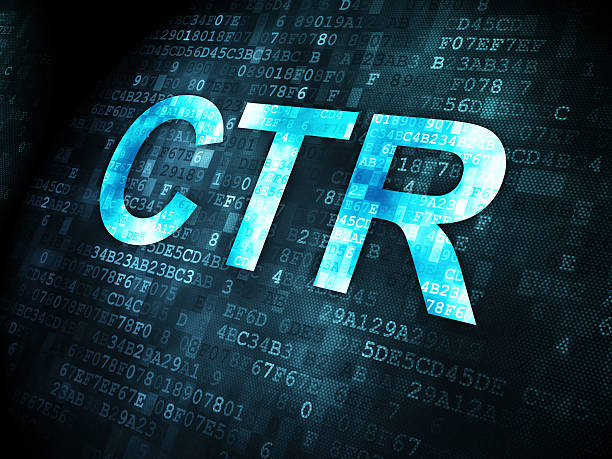
Understanding the importance of click-through rate (CTR) in Google Ads campaigns
Posted by on 2024-05-03
Click-through rate (CTR) is a crucial metric in Google Ads campaigns. It measures the number of clicks your ad receives divided by the number of times your ad is shown, expressed as a percentage. Understanding the importance of CTR can make a significant difference in the success of your advertising efforts.
First and foremost, a high CTR indicates that your ads are resonating with your target audience. When users see your ad and are compelled to click on it, it shows that your messaging is relevant and engaging. This not only increases the likelihood of driving traffic to your website but also improves the overall performance of your campaign.
Furthermore, a high CTR can lead to lower costs and better ad placements. Google rewards ads with higher CTRs by giving them better positions on search engine results pages (SERPs) at a lower cost per click (CPC). This means that you can reach more potential customers while spending less money on each click.
On the other hand, a low CTR can indicate that there are issues with your ads or targeting strategies. If users are not clicking on your ads, it may be time to reevaluate your messaging, keywords, or targeting options. By monitoring and optimizing your CTR, you can identify areas for improvement and make necessary adjustments to increase engagement and drive conversions.
In conclusion, understanding the importance of click-through rate in Google Ads campaigns is essential for achieving success in digital advertising. By focusing on improving CTR, you can enhance the effectiveness of your ads, drive more qualified traffic to your website, and ultimately maximize the return on investment for your marketing efforts. So next time you launch an ad campaign, remember to keep a close eye on your CTR metrics – it could make all the difference in reaching your advertising goals.
First and foremost, a high CTR indicates that your ads are resonating with your target audience. When users see your ad and are compelled to click on it, it shows that your messaging is relevant and engaging. This not only increases the likelihood of driving traffic to your website but also improves the overall performance of your campaign.
Furthermore, a high CTR can lead to lower costs and better ad placements. Google rewards ads with higher CTRs by giving them better positions on search engine results pages (SERPs) at a lower cost per click (CPC). This means that you can reach more potential customers while spending less money on each click.
On the other hand, a low CTR can indicate that there are issues with your ads or targeting strategies. If users are not clicking on your ads, it may be time to reevaluate your messaging, keywords, or targeting options. By monitoring and optimizing your CTR, you can identify areas for improvement and make necessary adjustments to increase engagement and drive conversions.
In conclusion, understanding the importance of click-through rate in Google Ads campaigns is essential for achieving success in digital advertising. By focusing on improving CTR, you can enhance the effectiveness of your ads, drive more qualified traffic to your website, and ultimately maximize the return on investment for your marketing efforts. So next time you launch an ad campaign, remember to keep a close eye on your CTR metrics – it could make all the difference in reaching your advertising goals.